Instead, we use usted (oosTEHD), which is 'you' in the formal singular, and we use ustedes (oosTEHdehs), which is 'you' in the formal plural But how can we be sure which relationships are
How are you today in spanish formal-Unlike English, Spanish has two forms of the verb "to be" ( "To be" is the really common verb that lets us say that "he is in the hot air balloon", or "they are fantastic socks", or "I am a snappy dresser") The two forms of "to be" in Spanish are Ser and Estar I'll explain when to use each one in a moment, but first let's see what they lookLiterally what's going on?) (informal) ¿Cómo van las cosas?
How are you today in spanish formalのギャラリー
各画像をクリックすると、ダウンロードまたは拡大表示できます
 |  |  |
 | .jpg) |  |
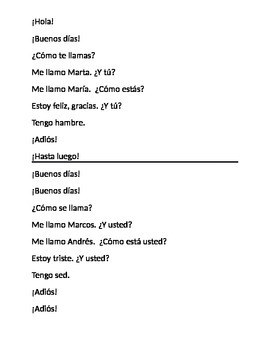 |  |  |
 |  | 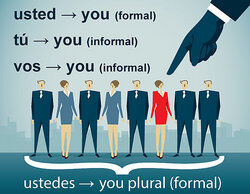 |
「How are you today in spanish formal」の画像ギャラリー、詳細は各画像をクリックしてください。
 |  |  |
 |  | :max_bytes(150000):strip_icc()/two-people-greeting-each-other-5972ad04054ad90010d28f95.jpg) |
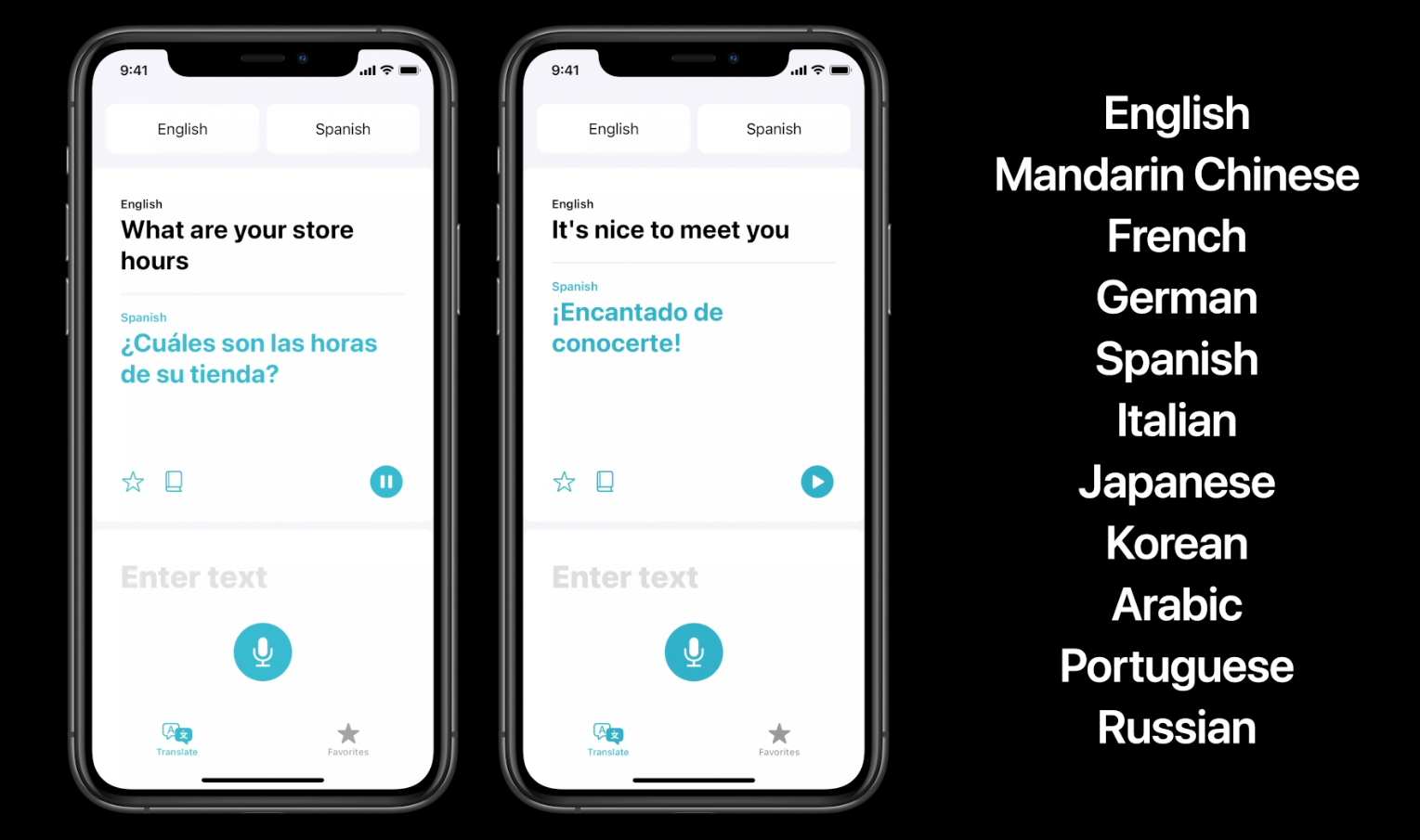 |  | 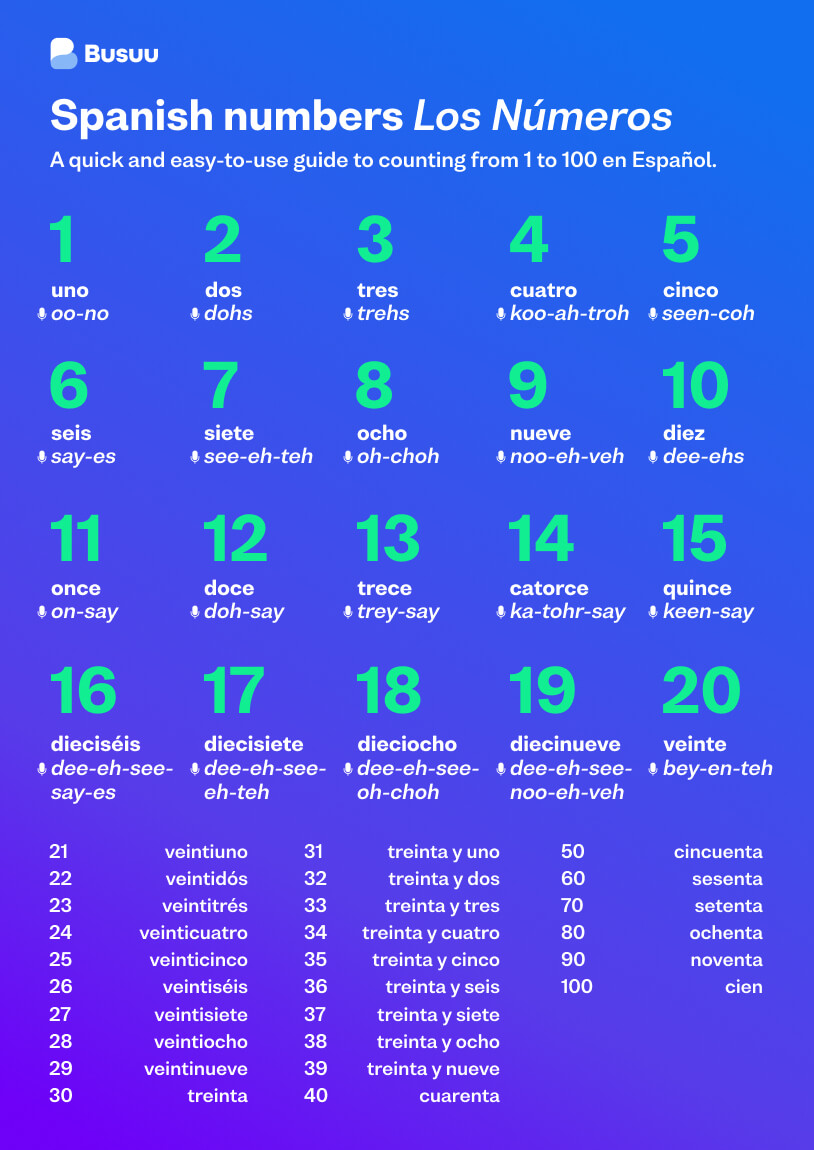 |
 |  |  |
「How are you today in spanish formal」の画像ギャラリー、詳細は各画像をクリックしてください。
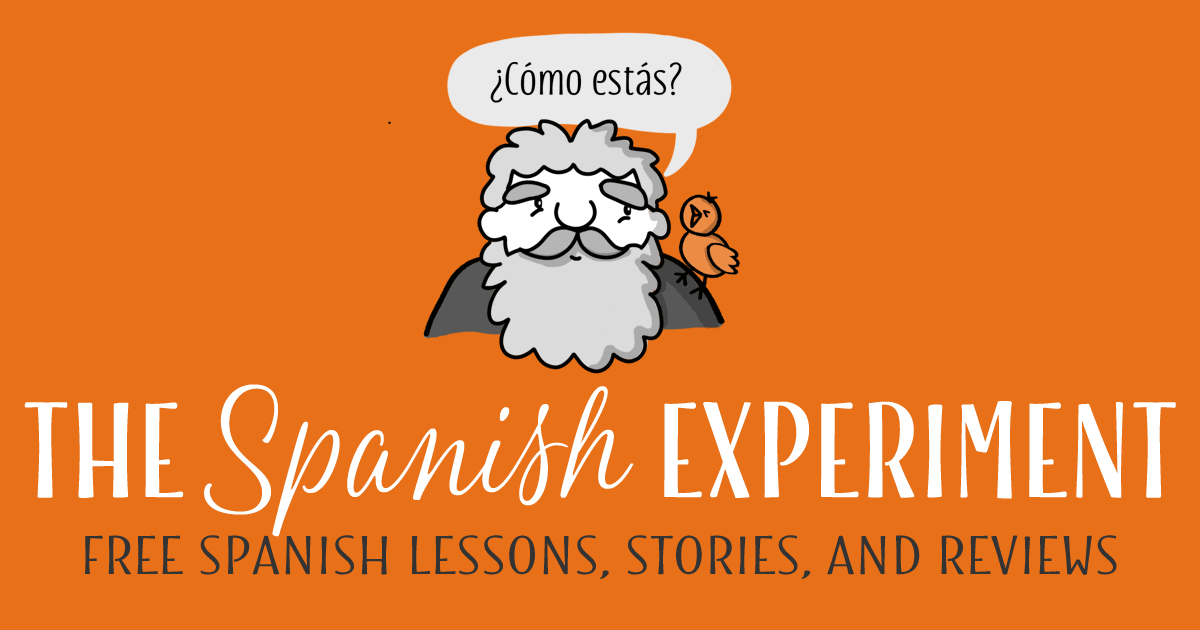 |  |  |
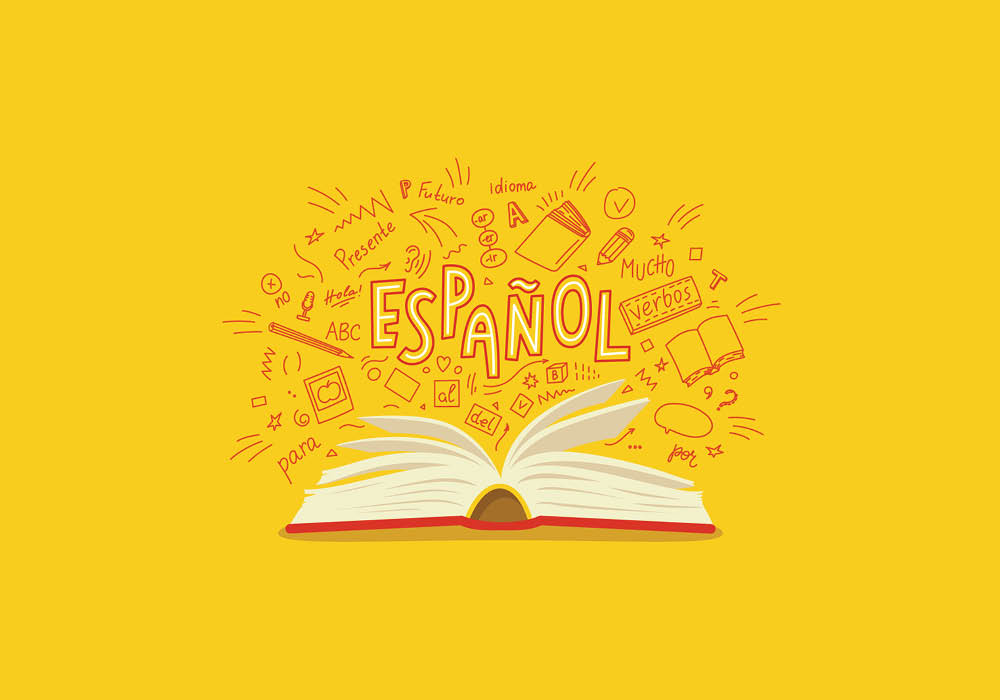 |  |  |
 |  |  |
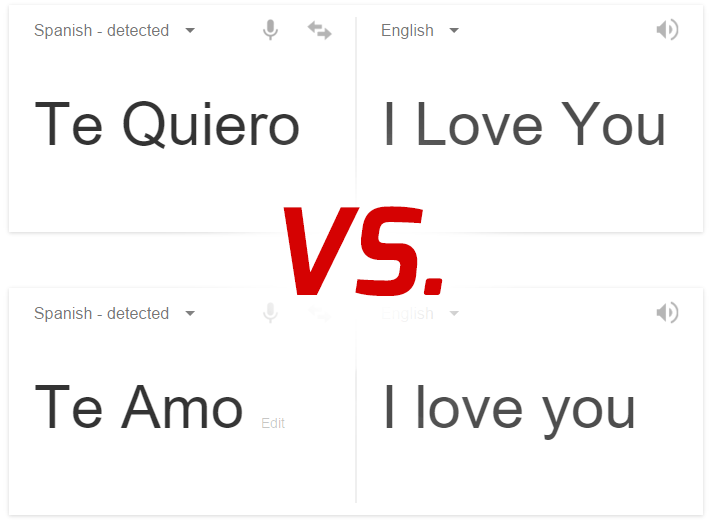 |  | 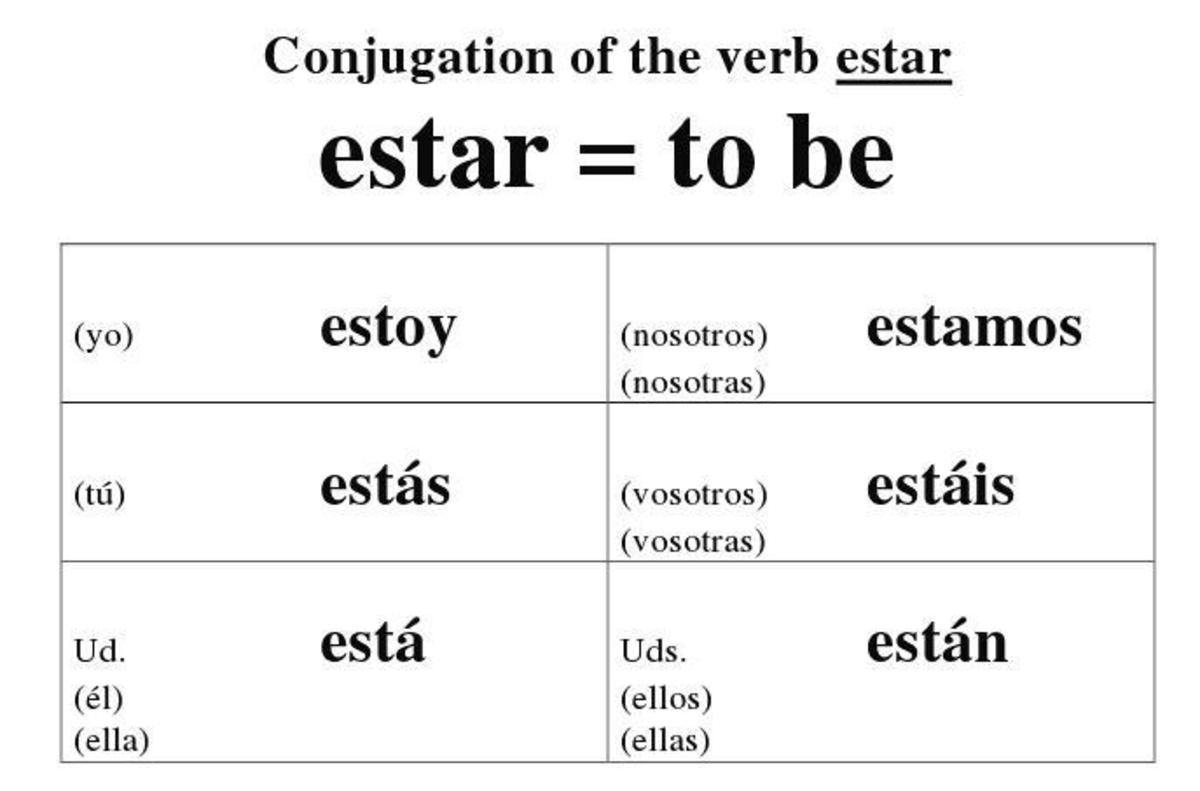 |
「How are you today in spanish formal」の画像ギャラリー、詳細は各画像をクリックしてください。
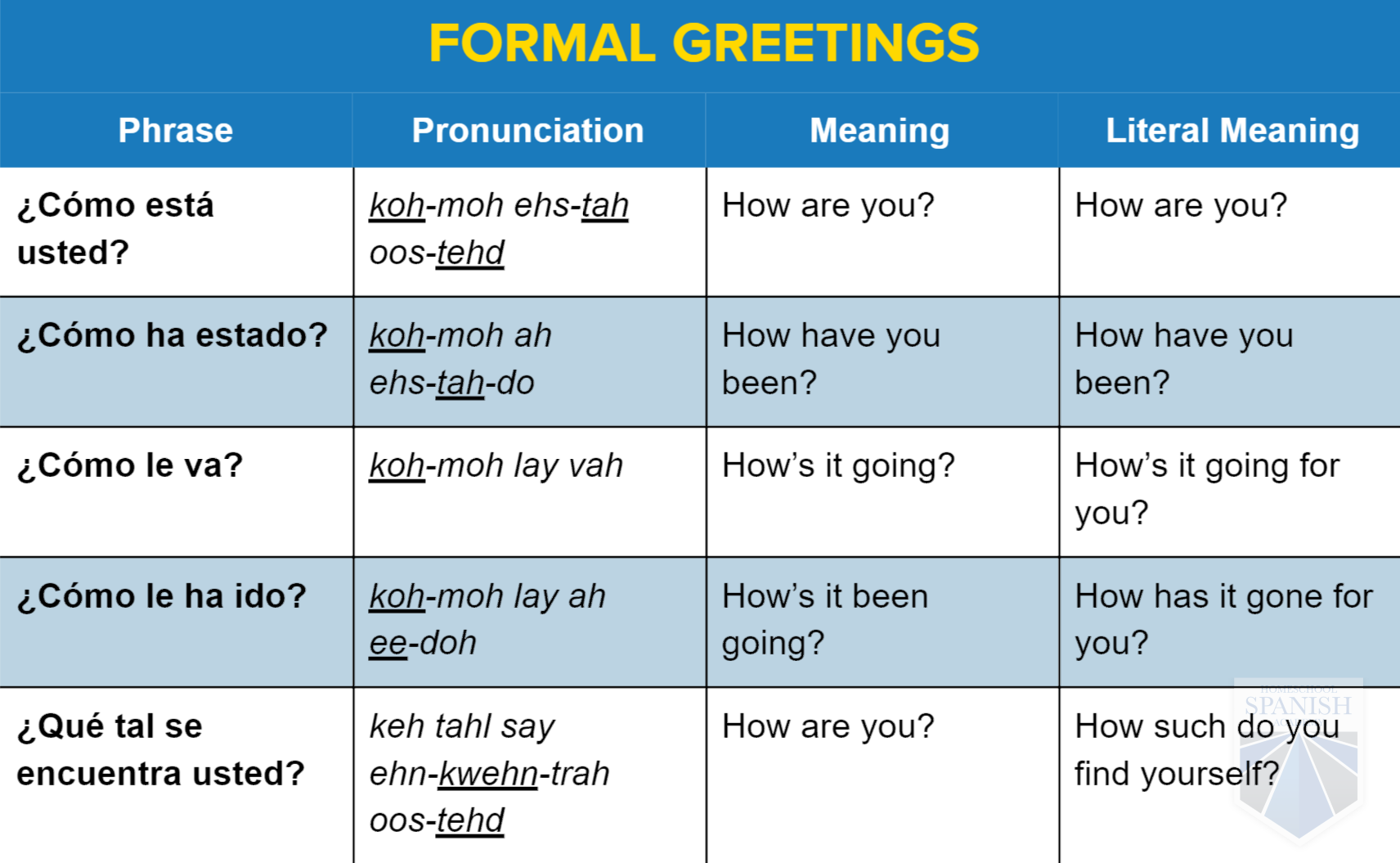 |  |  |
 |  | /coffee-with-a-friend--1080016224-865c990c9012478bbc34e9ade664109d.jpg) |
:max_bytes(150000):strip_icc()/spanish-2938033_1920-b57a2cce4ae548a986b689685b5317bd.jpg) |  |  |
 | ||
「How are you today in spanish formal」の画像ギャラリー、詳細は各画像をクリックしてください。
 | 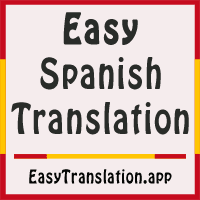 |  |
 | ||
 |  |  |
 |  |  |
「How are you today in spanish formal」の画像ギャラリー、詳細は各画像をクリックしてください。
 |  |  |
 | 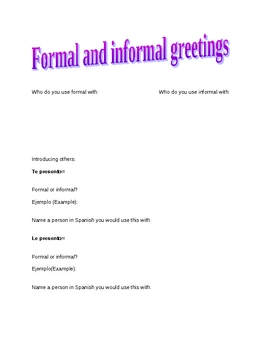 |  |
 |  |  |
 |  | |
「How are you today in spanish formal」の画像ギャラリー、詳細は各画像をクリックしてください。
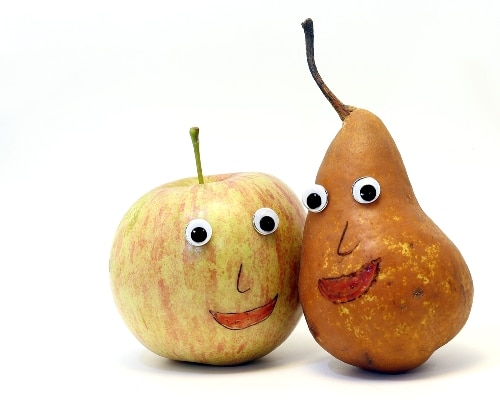 |  |  |
 |  |  |
 | 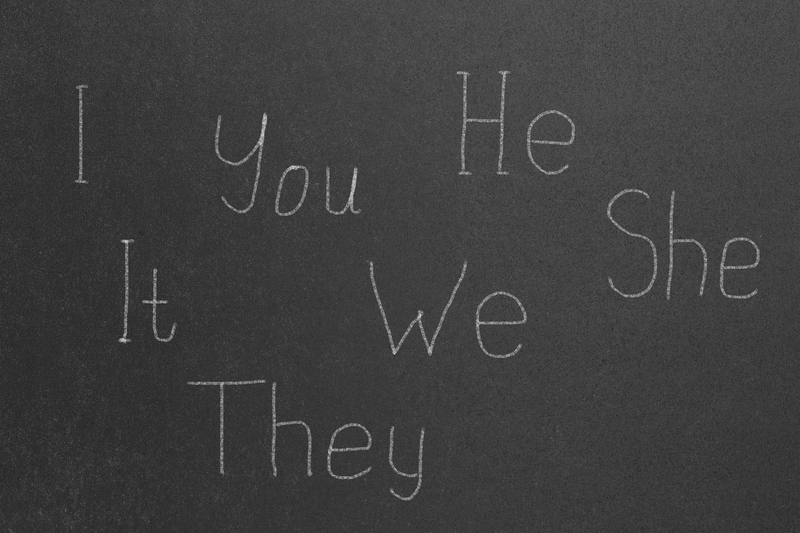 | 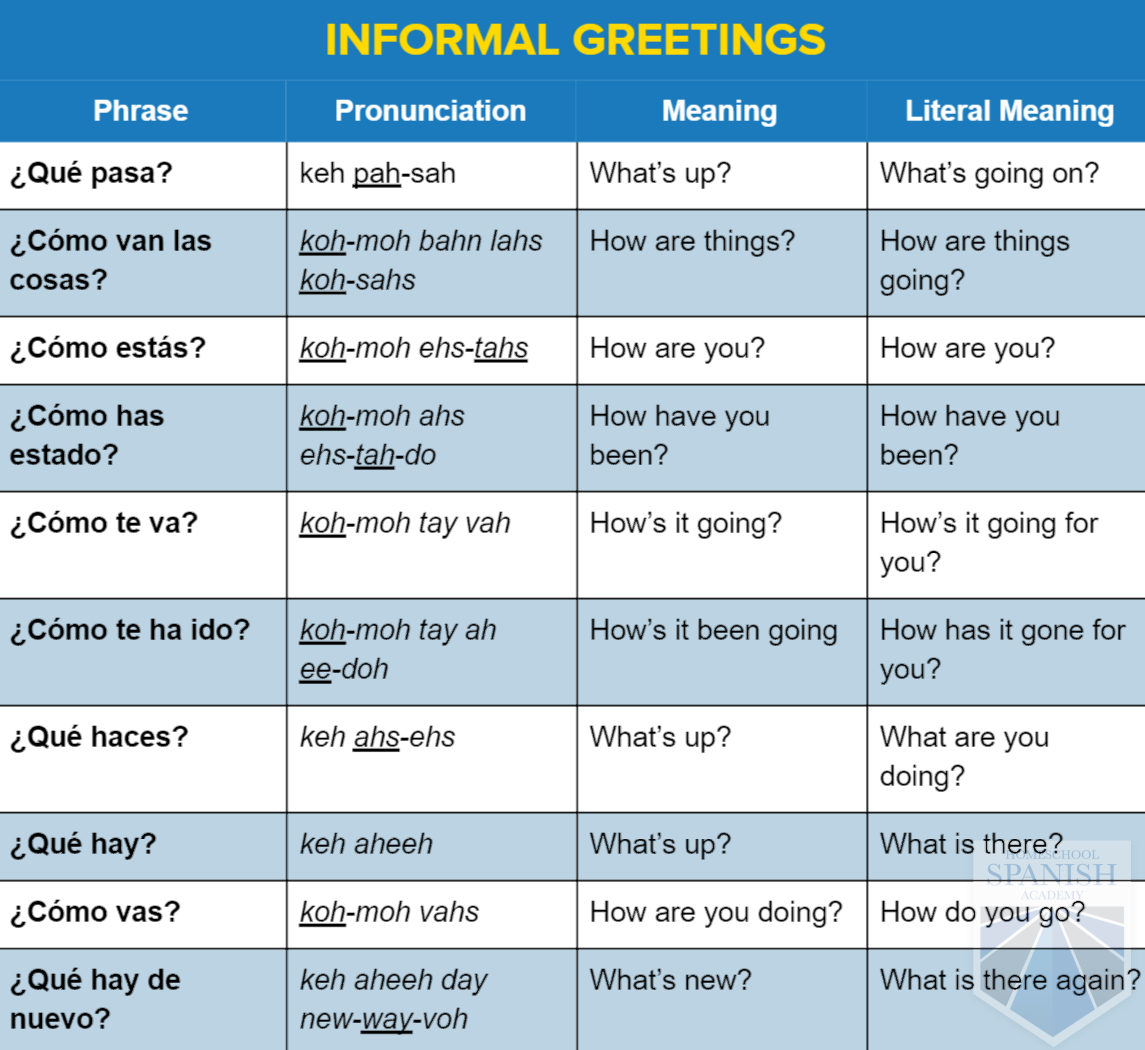 |
 |  |  |
「How are you today in spanish formal」の画像ギャラリー、詳細は各画像をクリックしてください。
 | 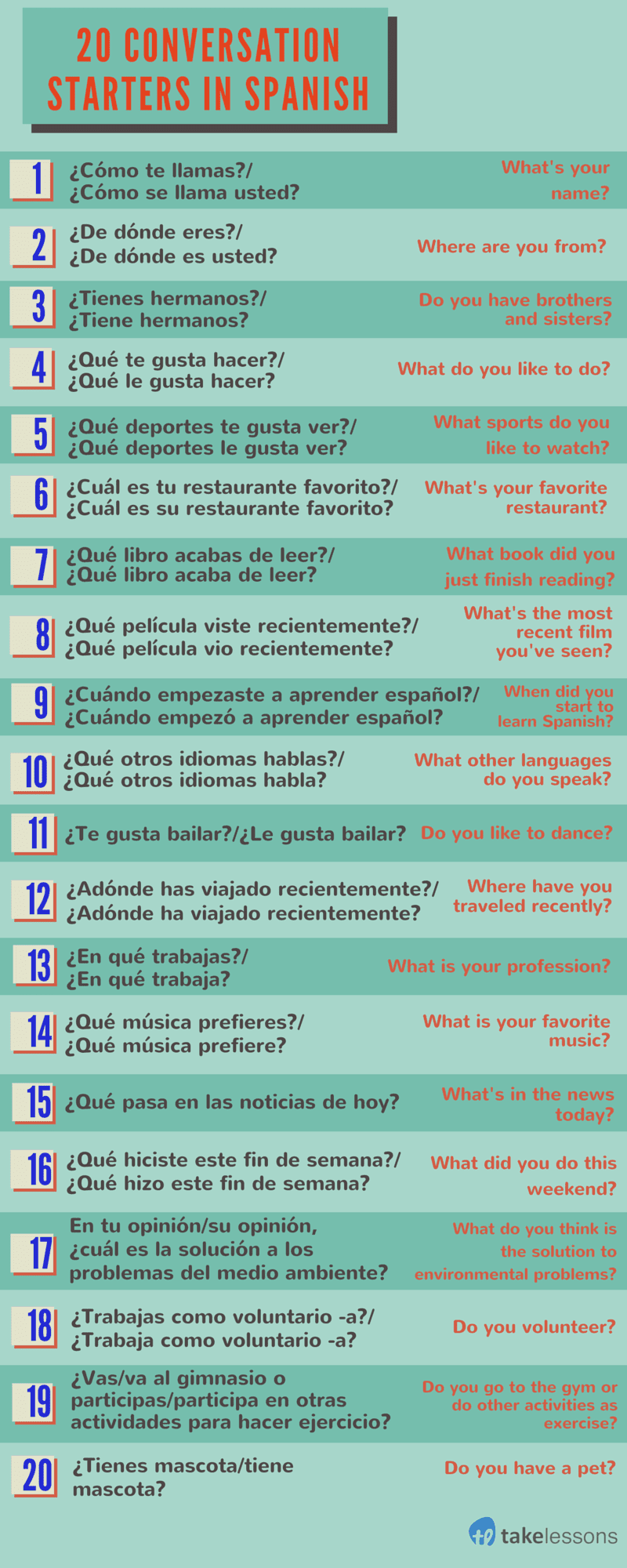 |  |
 |  |  |
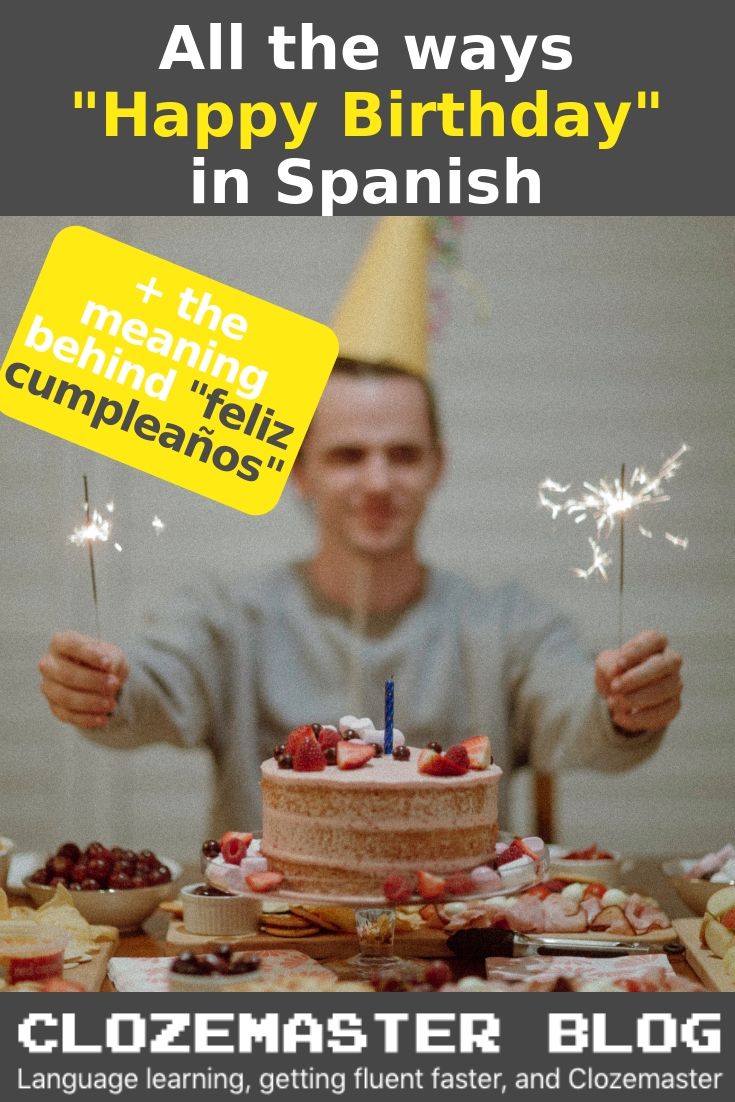 |  | 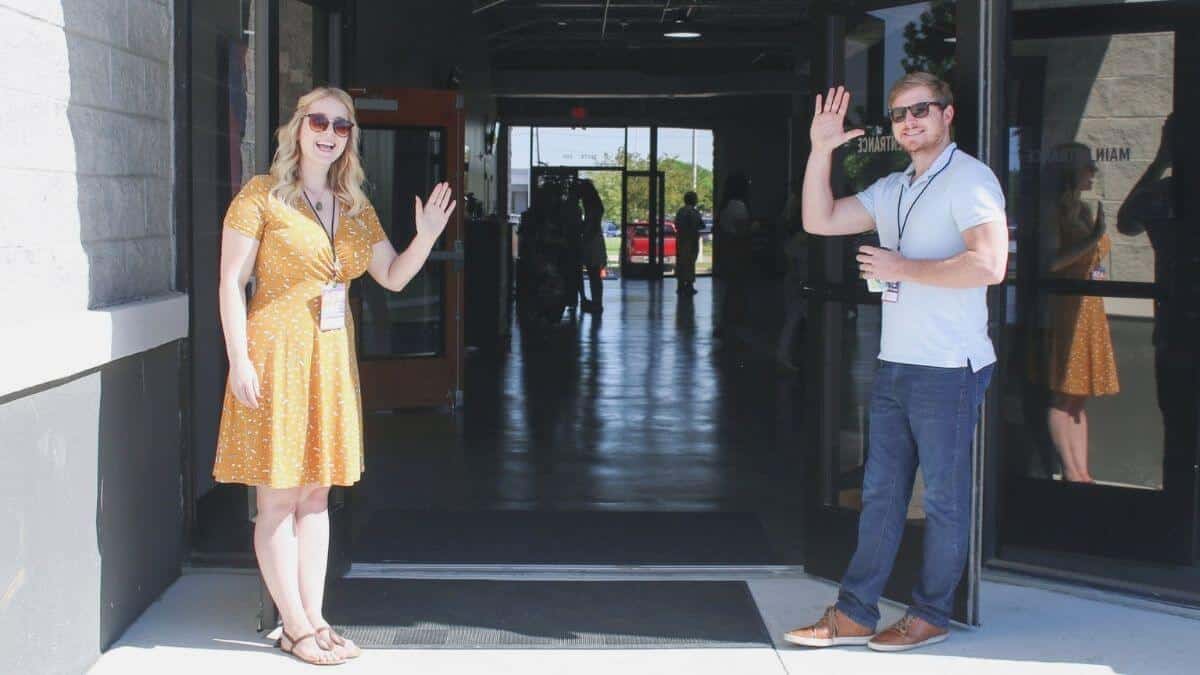 |
 |  |  |
「How are you today in spanish formal」の画像ギャラリー、詳細は各画像をクリックしてください。
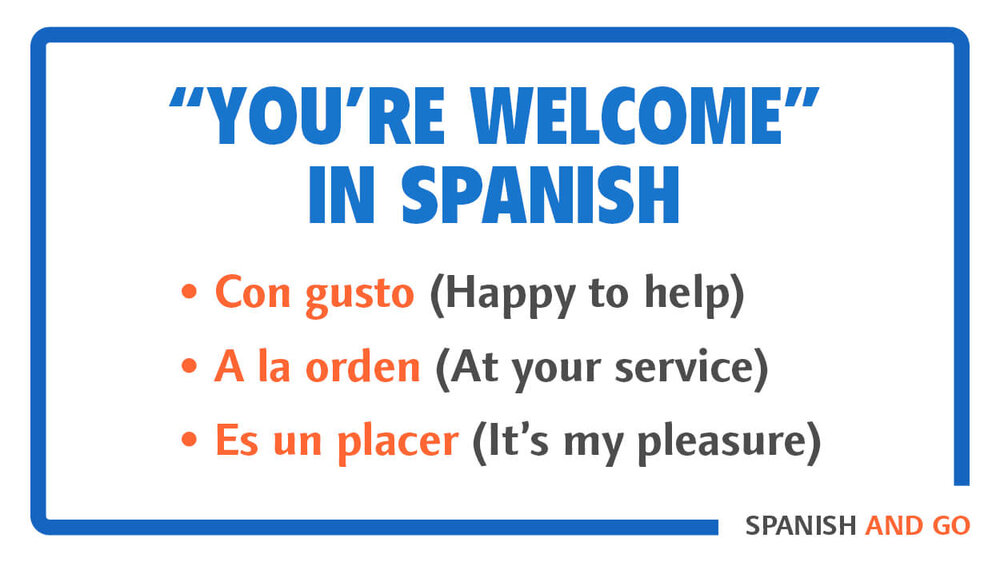 | 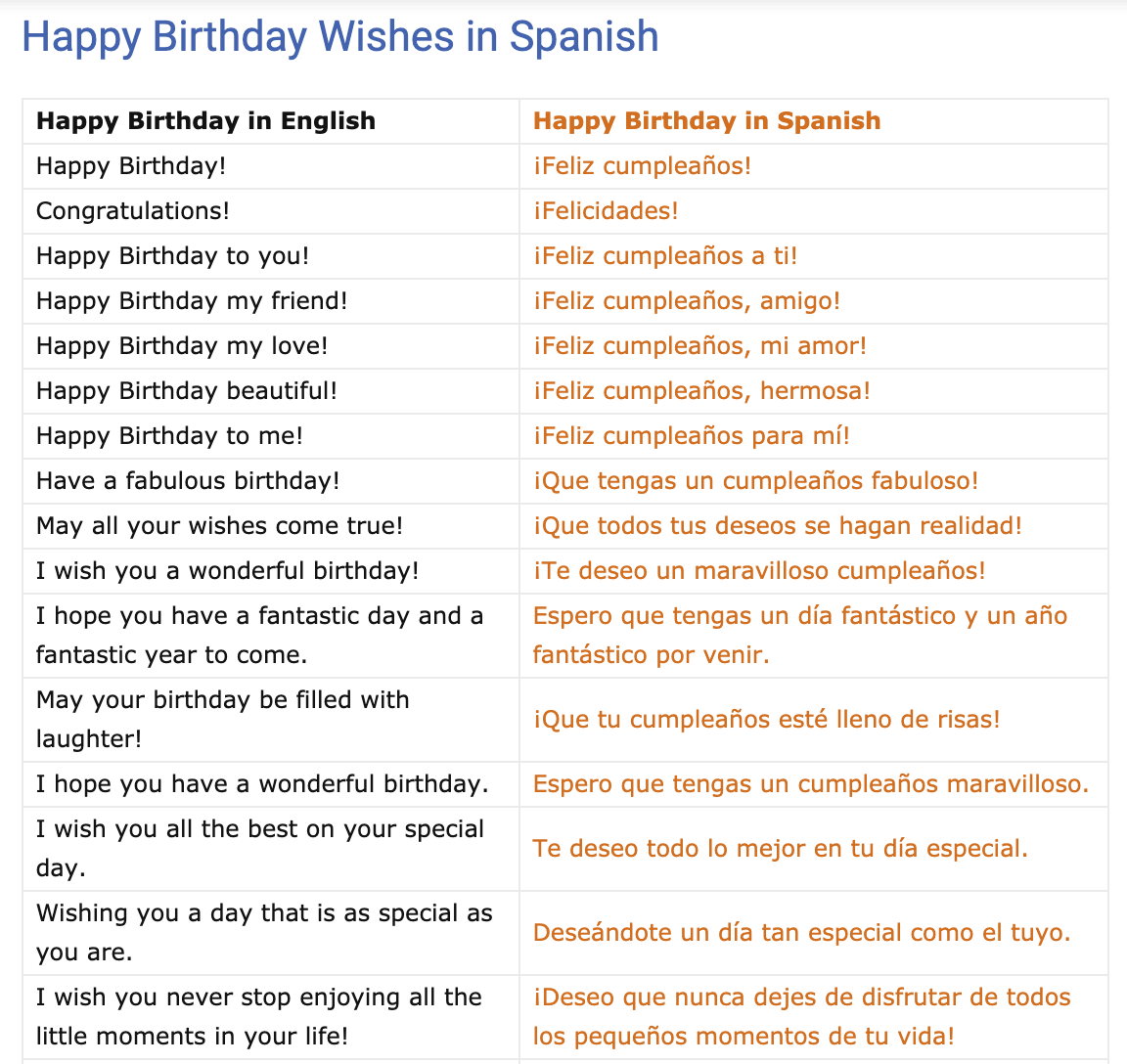 | 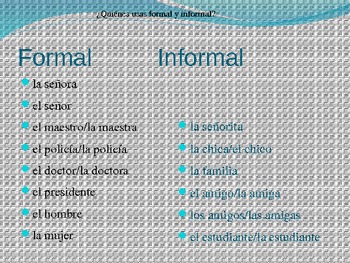 |
 |  | |
 |
A very common version of "how are you" in Spanish is "como estas" with "como" meaning "how" and the verb "estar" meaning "to be" in a temporal sense Pronounced "kohmoh ehstahs" with the emphasis on the "koh" and the "tahs" This is an informal variation of the phrase If you're addressing an elder or want to be more formal, ask "como esta( koh moh ehs tah oos tehd) (How are you?) (formal) ¿Cómo estás?
Incoming Term: how are you today in spanish formal,




0 件のコメント:
コメントを投稿